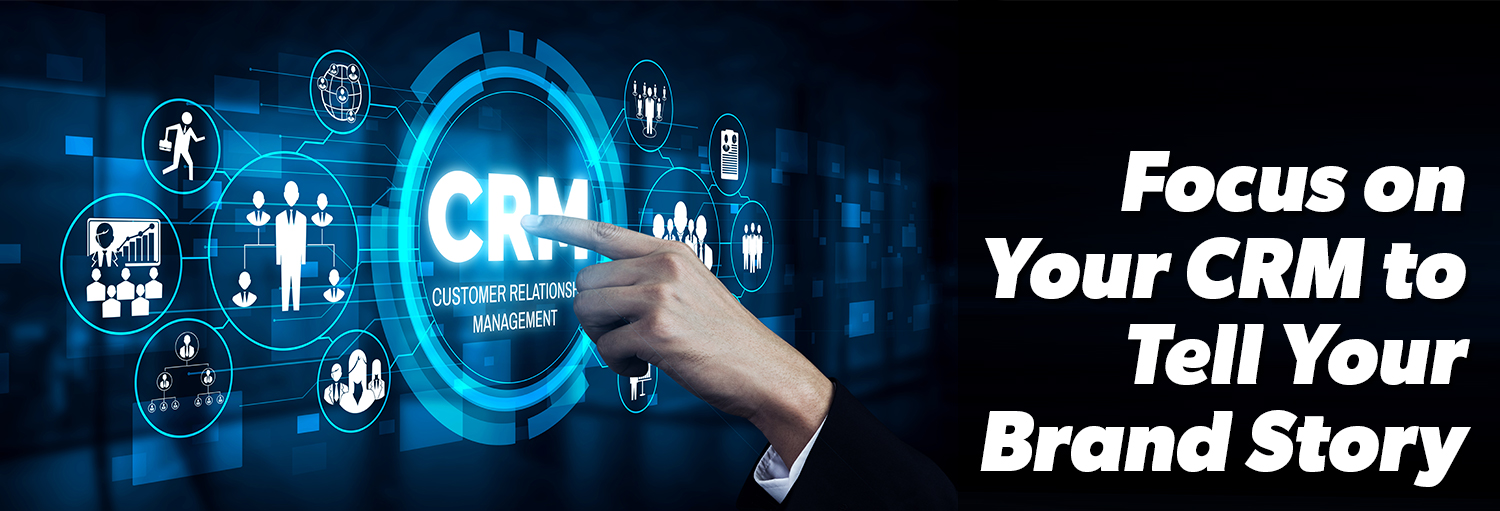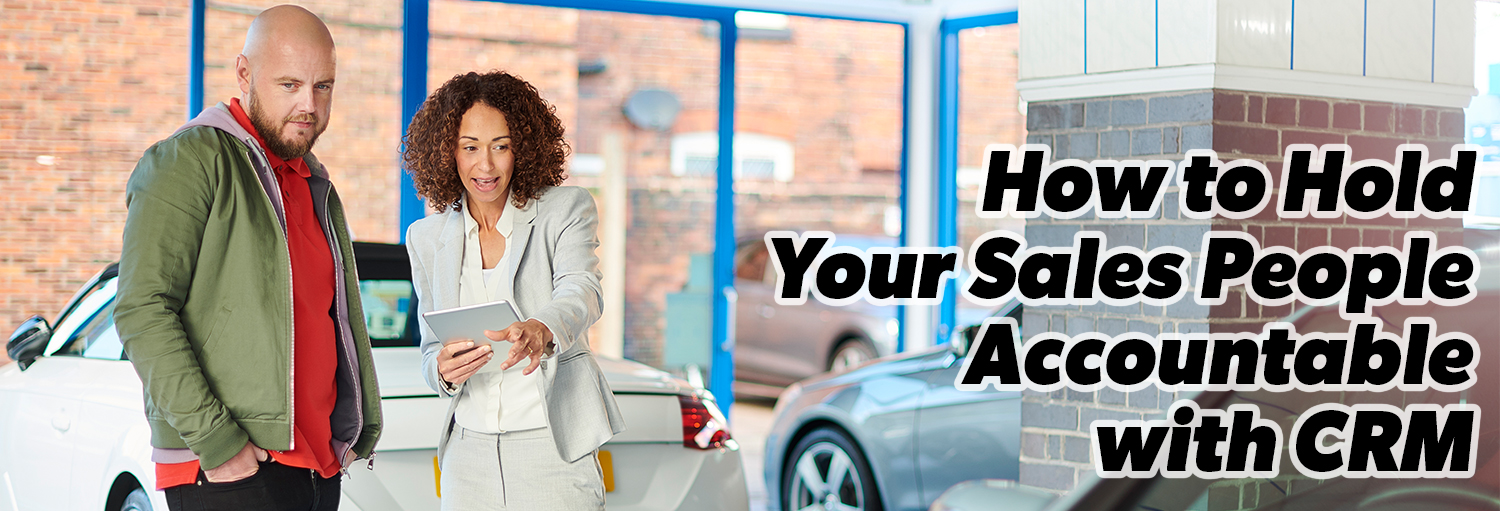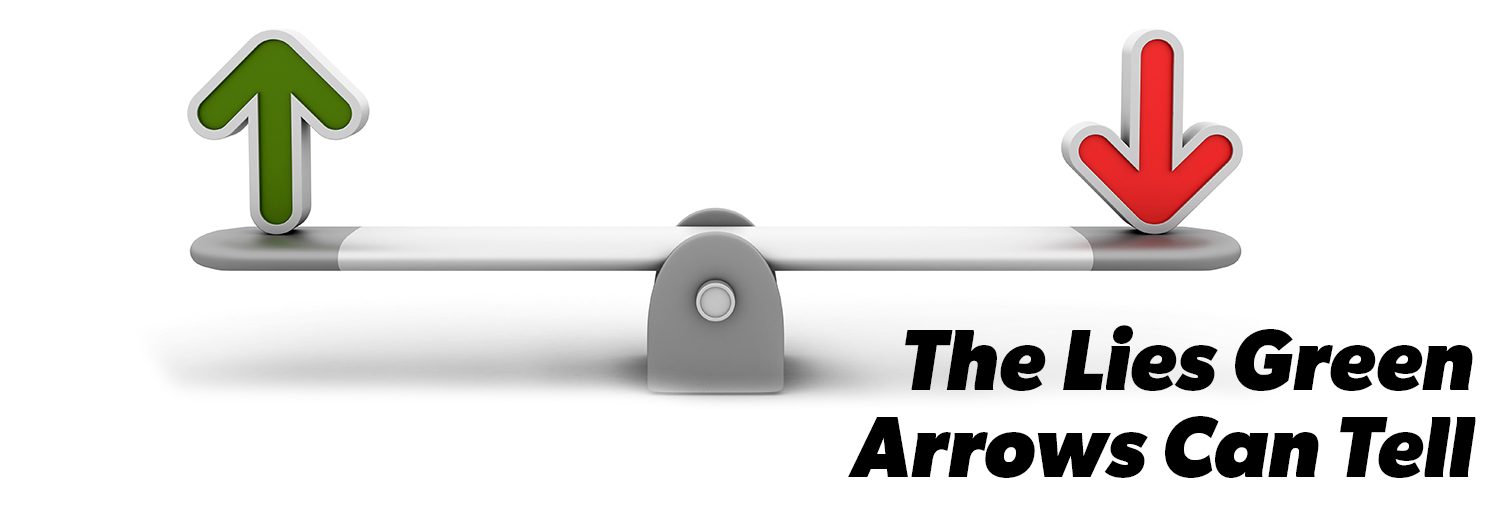A dealership’s reputation is often determined by the customer’s last experience. If the customer had a positive experience, he or she most likely will be willing to share it with others. The same is true if the experience was negative. Thus, it’s important a dealership creates a positive experience for everyone who interacts with it. Any interaction customers have with your dealership is a reflection of your brand. Branding is not just a marketing responsibility, but also something that everyone at the dealership needs to be part of. That’s why hiring the right person, training them the right way, and having the right tools available are essential to not only giving your customers a great experience, but also helping build your brand and customer loyalty. One of the most influential tools that dealers can use to affect customer experience and branding is customer relationship management (CRM) software.
Relationships
The days are gone when dealers relied on CRM only to manage leads and customers. Today, the most progressive and successful dealers use CRM to manage their customer relationships. They use CRM to sell their “brand” by developing and managing long-lasting positive relationships and creating the ideal customer experience. This can only be accomplished by offering a positive customer experience through marketing, prospecting, the entire sales process, the sales follow-up, and service.
Data Vs. Leads
Dealers often neglect their customer database and spend too much time, money, and effort acquiring new leads through advertising and third-party lead providers. These leads usually offer very little information and are not dealer-exclusive. If dealers focus solely on attracting new customers and neglect their existing clientele, they run the serious risk of losing the loyal customers they worked so hard to acquire. A CRM captures a valuable database of information that a dealer can use to improve its customer interactions and increase retention.
Today, we know more about a customer than ever before. We know every call, email, letter, and text that we send them. We know where they live, their phone numbers, and their email addresses. We know every lead they have submitted and every vehicle they have ever looked at. We also know what vehicles they own or have previously owned. We know their service history and average repair order cost. We know the estimated mileage, trade value, and if the customer is in an equity position. We have all of this data, but are you using it? Do you have processes in place to know and understand your customers? A dealership needs to access this data to customize customer marketing and follow-up with relevant and timely messages through their preferred methods of communication. Are your marketing efforts aimed at the 2 percent of people who are in the market for a new car or the 98 percent that are not?
CRM and Your Brand
Customers are loyal to a company because of the quality of its product and/or the excellent customer service they receive. Because dealers do not have exclusivity on the products they sell, customers have many options when purchasing a new vehicle. With multiple dealerships selling the same cars, the distinguishing characteristic is how you treat your customers. CRM allows a dealer to distinguish itself by the service it provides.
Dealers talk about how dedicated they are to customer service, but delivering on it is an entirely different matter. As mentioned before, your brand is determined by your relationship with customers, which evolves from hundreds of small interactions (leads, phone calls, emails, visits, service). These interactions add up to build or destroy a brand. Since a majority of these interactions originate from CRM, it is important that it matches the image you want to portray.
A positive customer service experience should occur at every touch-point. To them, branding is about faith and trusting you when you say, “We care.” Ultimately, people don’t trust companies, they trust people. It is critical to build this trust. When a salesperson says he or she will call tomorrow, the CRM must prompt that salesperson to call. If a customer says he or she doesn’t want to receive calls at home, that should be respected. The customer expects the dealership to respond quickly when a lead is submitted. The customer expects to receive something of value in return for his or her email address, not a bunch of spam.
Today’s Customers
Today’s customers do not want to be sold to. By the time they contact a dealer, they have already done their due diligence. They need someone to engage with, to facilitate the sale, and to celebrate with when they make their decision. Customers are more likely to research the company’s brand, such as looking at online reviews or social media posts regarding past customer experiences.
Besides price, why should customers buy from you? It should be all about experience. With CRM, dealers can better serve their customers, speed up the sales process, and create a positive experience.
CRM Examples That Drive Positive Experiences
CRM desking multi-payments allows you to present customers with numbers, allowing them to choose their payment versus being pushed into a payment. This speeds up the negotiation process, improves CSI, and helps you hold gross.
When a customer comes looking for a used car you don’t have, instead of allowing them to leave, search your CRM with them for customers you sold that vehicle to three to four years ago. Offer the owner of the possible trade a free car wash or oil change for bringing his or her car in.
Create customized business campaigns to send the right message to the right person at the right time.
Introduce recently sold customers to the service department and your website to set their first oil change. Meet them in the service drive when they come in to follow up on the sale and ask for a referral.
Use the CRM data-mining tool to find customers in an equity position that qualify for a lower payment by getting a new vehicle
Make your salespeople 24-hour salespeople with a mobile CRM. They’ll be able to enter and follow up with customers from anywhere at any time.
Negative Experiences
We can’t control every interaction, and they’re bound to happen. You can, however, control how you react to negative experiences. Make sure you uncover negative experiences through surveys. If you receive a negative survey result, quickly enroll that customer into a campaign that notifies those that can correct it to immediately reach out to resolve the issue.
Communication is key to great customer service. Surprisingly, these customers often become your best customers after you have spent time listening to them and resolving their issues. Learning from your mistakes is another important aspect of good customer service. Document heated issues into your CRM notes to ensure the same mistakes aren’t repeated.
Reward Loyal Customers
Do you know your most loyal and long-standing customers, those who have bought more than four vehicles or spent over $100,000 at your dealership? Your CRM can identify and segment these customers to notify you when they visit your store. Create a customer appreciation campaign to thank and reward them for their repeat business. Offer sales and service discounts to incentivize them to continue doing business with you. Offer them rewards for their referrals. Invite them to special VIP events, such as new model introductions or a customer appreciation party.
A CRM can keep you proactively maintaining positive relationships, not just responding when something goes awry. Your CRM is even more effective when combined with marketing, branding, and customer satisfaction. Your dealers will become much more efficient when they use CRM for more than just contact information. Manage customer relationships, create better customer experiences, increase your CSI, and grow your brand today by fully utilizing your CRM.







